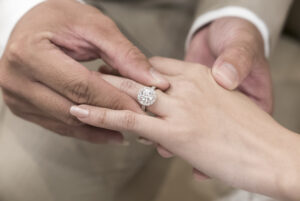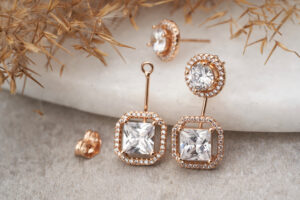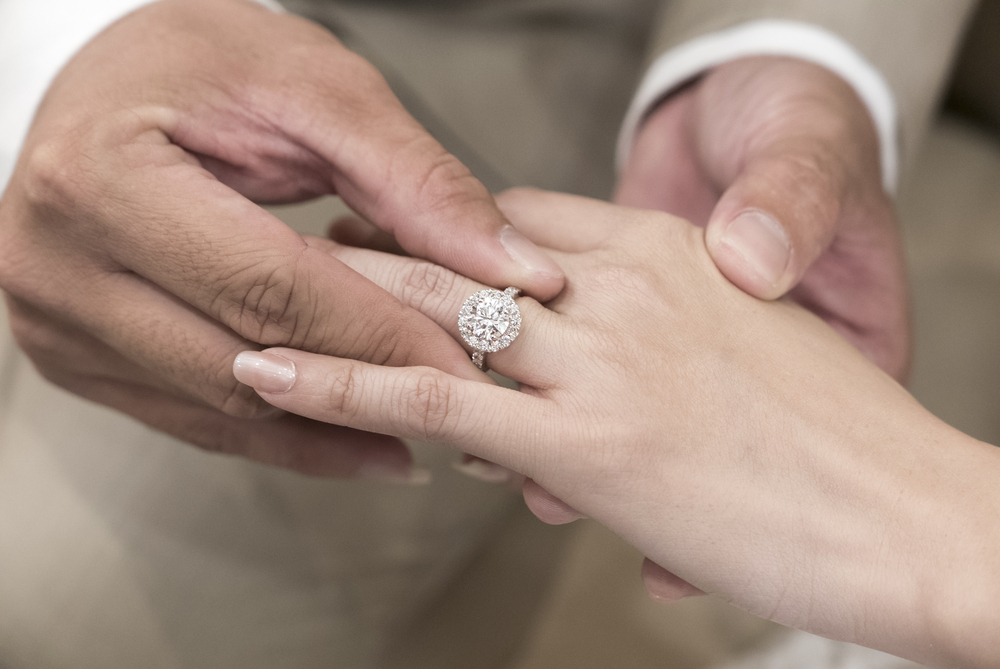
Diamond inclusions form along with the formation of diamonds inside the earth. As you may know, the inclusions and flaws of a diamond determine its clarity grade. No one wishes to have inclusions in their engagement ring diamond, but almost all diamonds come with some kind of inclusion. You may find diamonds with very high clarity grades, but they are very rare and extremely expensive to buy. Most people settle for an eye-clean diamond because they are practical to afford and observers cannot easily find the inclusions in these diamonds. If you are so adamant about buying a diamond of high clarity grades and you have budget limitations, then your best option is lab-grown diamonds.
In this article, we are discussing diamond inclusions and their different types. Read below to know more about them.
Diamond Inclusions
Diamonds are formed under extreme conditions deep in the earth. Their growth requires more than three billion years and hence there are very high chances for inclusion. If the flaw is on the surface of the diamond and it doesn’t extend into the interior portion of a diamond, then it is called a diamond blemish. If they extend into the diamond, then they can be termed diamond inclusions.
Types Of Diamond Inclusions
Let us now understand the types of diamond inclusions
Bearded Girdle
As indicated by the name, this inclusion appears like hair trapped inside the diamond. The bearded girdle starts from the girdle and extends into the diamond. Improper cutting is one of the main causes of a bearded girdle. Diamonds with intense bearded girdles should be avoided as they can look like scratches.
Bruise
Despite being the world’s toughest naturally occurring material, a diamond can get bruised. This defect, which resembles small root-link feathers, generally develops at a facet junction after the stone has been subjected to an external force.
Cavity

The cavity is a deeper angular opening that occurs when a surface-reaching crystal falls out or is removed during the polishing process. Removing cavities entirely results in very high raw diamond wastage, so polishers leave the cavities as such. You should not consider buying diamonds with cavities as these cavities can accumulate oil and dirt. With time, the cavities will be more evident as dirt settles in them.
The above-mentioned are some major diamond inclusions that you should avoid. There are many other diamond inclusions like the chip, feather, grain center, etc.
